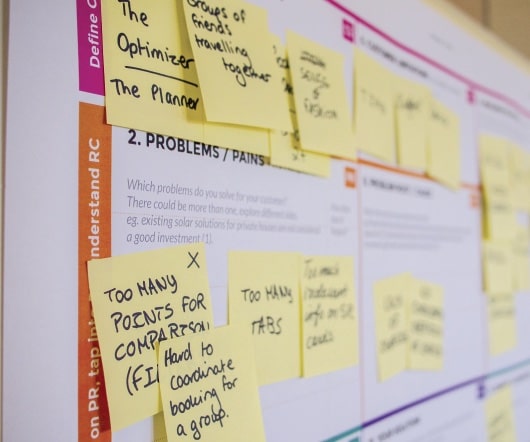3 key moments in new hire onboarding that can drive employee retention
HRExecutive
JULY 23, 2024
Advertisement - Onboarding is the first step of any retention strategy, as it sets the stage for new hires to integrate as effective contributors and envision careers at their new organizations. Gartner research found that successful onboarding is driven by three key moments in the new hire journey: 1.






















































Let's personalize your content